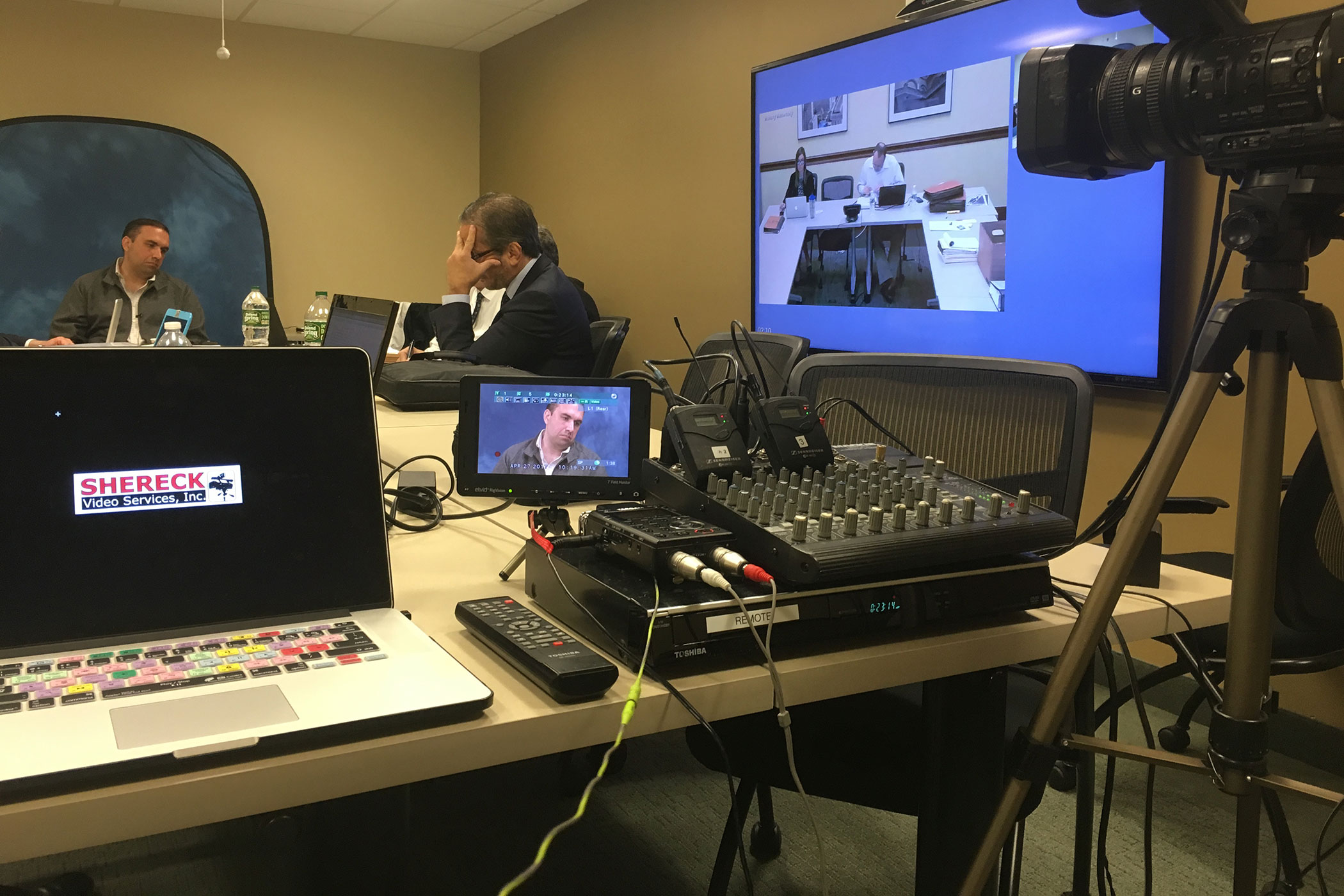Why Legal Videography Is Important for Accurate Legal Record-Keeping
In the realm of lawful procedures, the precision of record-keeping is extremely important, and legal videography becomes a vital tool in this context. By catching the subtleties of verbal and non-verbal communication, it substantially minimizes the capacity for misinterpretation that can accompany standard written records. Moreover, the conservation of authentic visual proof not only improves the reliability of testaments however likewise adds to a detailed account of occasions. As we discover the diverse benefits of legal videography, one have to consider its implications for the future of judicial stability and openness.
Relevance of Visual Evidence
Establishing the relevance of visual proof in legal proceedings is extremely important for making sure precise record-keeping and improving the general honesty of the judicial procedure. Aesthetic evidence serves as a critical tool in documenting occasions, problems, and various other important information that may be vital to a situation. Unlike created accounts, which are at risk to analysis and bias, visual recordings supply a purpose, unalterable depiction of truths as they happened.
This form of evidence can record a variety of components, consisting of witness actions, environmental context, and physical evidence, all of which may influence judicial results. By presenting a clear and thorough visual narrative, lawful videography eliminates ambiguity and aids to preserve the authenticity of the evidence.
Moreover, visual evidence can be crucial in lowering disagreements over factual inconsistencies, as it permits a direct contrast versus statement and various other recorded documents. In an era where digital modern technology is increasingly prevalent, the capability to existing visual proof successfully can substantially enhance the general quality of legal proceedings. Inevitably, the consolidation of aesthetic evidence not only boosts the documentation procedure yet also reinforces public count on the judicial system by advertising transparency and accountability.
Enhancing Testimony Reliability
The combination of legal videography into courtroom proceedings significantly improves the reliability of witness testament. By recording the nuances of spoken and non-verbal communication, video recordings provide a more comprehensive representation of a witness's temperament, emotions, and reliability. This aesthetic documentation enables jurors to observe the witness's body language, faces, and overall carriage, which are vital parts that can affect their assumption of statement credibility.

In addition, the presence of video clip footage can deter witnesses from supplying misleading or exaggerated declarations, as they are conscious that additional hints their testimony is being taped. This responsibility reinforces the honesty of the judicial procedure. Ultimately, lawful videography acts as a crucial device in guaranteeing that witness testimony is not just accurately illustrated however also watched with increased trustworthiness by all parties included.
Comprehensive Record Conservation
Comprehensive record conservation is important for preserving the integrity of lawful proceedings. Lawful videography functions as an important tool in this procedure, providing an exact visual and auditory account of statements, depositions, and various other turning points in a case. Unlike traditional written records, video clip recordings catch the nuances of body language, tone, and feeling, which are crucial for comprehending the context and intent behind declarations made during lawful process.
Integrating audiovisual aspects right into record-keeping enhances the preservation of proof, ensuring that it stays undamaged and available throughout the legal process. This is specifically essential in situations where the integrity of witness declarations may be tested, as aesthetic recordings can substantiate claims and supply quality. Additionally, video clip records can be important during allures or retrials, supplying an unaltered representation of the original testimony.

Furthermore, the ability to evaluate video clip proof allows attorneys to recognize vital information that may have been overlooked in composed records. By keeping a detailed archive of lawful process through videography, law office can copyright the greatest requirements of precision and liability, ultimately adding to a fairer judicial procedure.
Improving Legal Procedures
Improving lawful procedures is necessary for enhancing performance and lowering hold-ups within the judicial system. Lawful videography acts as an essential tool in attaining this objective by giving clear and precise visual documentation of court hearings, depositions, and testaments - legal videography. This modern technology permits real-time recording, guaranteeing that all verbal and non-verbal cues are caught, which can assist in quicker resolution of disputes
The integration of videography right into legal processes minimizes reliance on traditional methods, such as extensive records, which can be taxing to create and examine. By having actually accessibility to videotaped video footage, lawyers can quickly reference essential minutes, enhancing their capacity to prepare and present instances properly. This immediacy likewise assists in the clearing up of testimonies, minimizing the potential for false impression.

Admissibility in Court
Exact paperwork is important not only for efficiency yet also for making certain that proof is admissible in court. Lawful videography serves as a crucial tool in this process, providing a reliable aesthetic record of testimonies, declarations, and events. Courts typically require proof to satisfy particular standards of admissibility, including check here importance, credibility, and integrity. High-grade video clip recordings can satisfy these standards by catching clear audio and aesthetic details that written records might ignore.
To be considered admissible, lawful videography must follow established procedures, such as correct equipment use, suitable lights, and clear sound capture. Additionally, it is necessary to have certified videographers who comprehend the lawful needs surrounding evidence collection. legal videography. The chain of guardianship need to also be preserved to avoid any insurance claims of tampering or change
Furthermore, legal videography can improve the persuasiveness of proof by providing jurors with a direct view of the statement, permitting a more involved understanding of the case. In summary, the combination of legal videography into record-keeping not only sustains performance yet additionally bolsters the integrity and admissibility of evidence in court procedures.
Final Thought
In verdict, legal videography plays a crucial duty in ensuring exact lawful record-keeping by supplying unbiased visual documentation. Inevitably, the unification of legal videography into the judicial process advertises transparency and bolsters public trust fund in the stability of the legal system.
Comments on “High-Resolution Legal Videography for Essential Evidence Recording.”